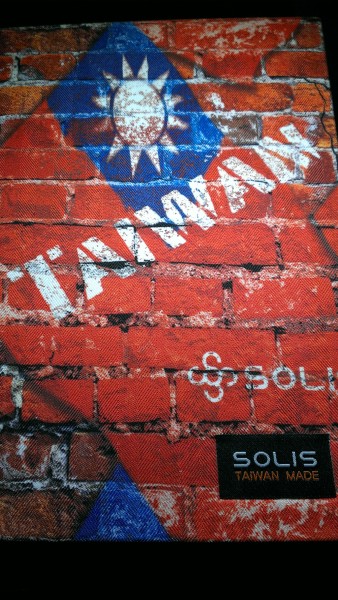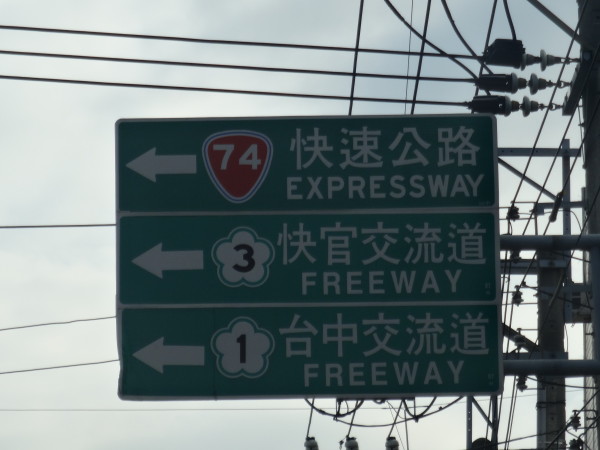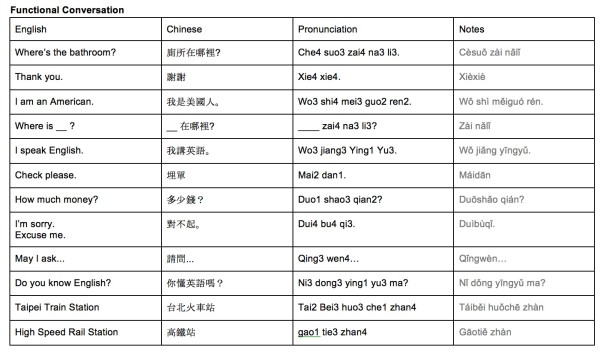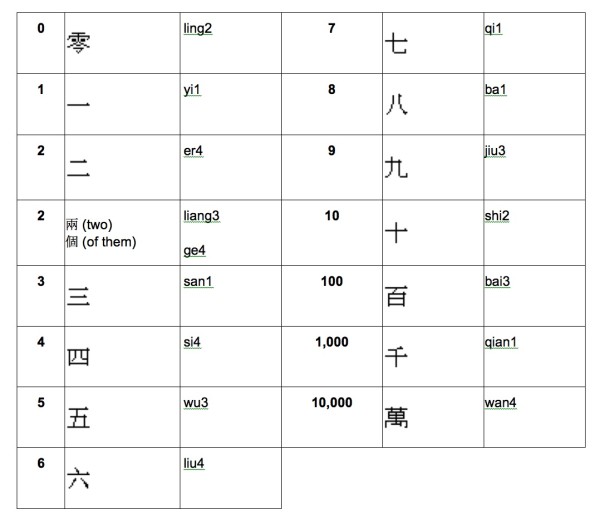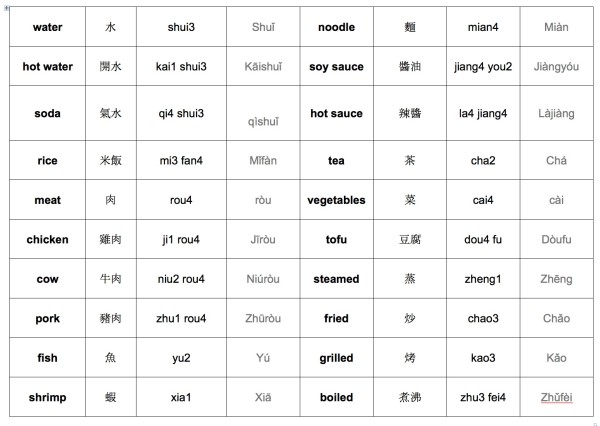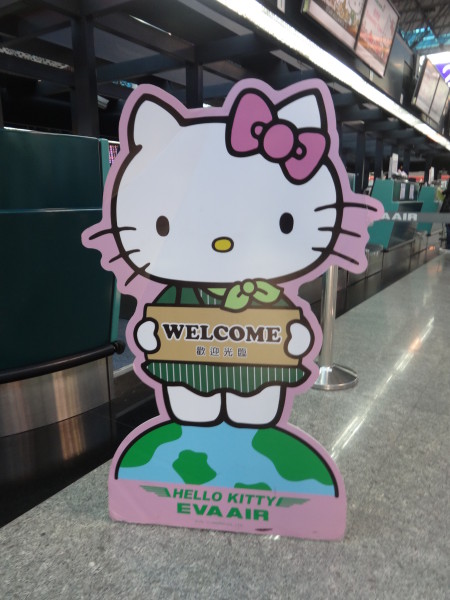Recently I was able to serve as somewhat of a tour guide to some American friends who were interested in visiting a country in Asia, specifically Taiwan.
Out of quite a lot of options, Taiwan came out as the top pick primarily because of accessibility (not TOO long a flight), safety (democratic country), and price point. My being able to speak Mandarin and Taiwanese helped in the decision too.
Previously, I visited Taiwan either to study or to visit family, so this is the first time I actually visited Taiwan as a tourist.
As a result, I was able to gather a lot of travel data that, I felt, would be best shared for others who are interested in traveling Taiwan.
The first worry about visiting a foreign country is the language barrier.
If you don’t speak or read a lick of Chinese, it’s still possible to get around and along pretty well in most of Taiwan. English is an integral part of the school curriculum from preschool to graduate school, so even in the most boondocks, out-of-the-way areas, you’re bound to find people who speak at least some English. It’s more common in Taipei, where tons of foreigners live, work, and play. Most street signs in Taiwan have English or romanized text below the Chinese characters, so if you’ve got a map in hand, you can figure your way around. The picture of the street sign below is from a small town area in central Taiwan.
Worried about those in our party who don’t read or speak Chinese, I made the following emergency phrase lists for them to keep in their pocket. At the very least, they would be able to pull it out and point to what they’re trying to say.
To start with, it’s important to know that Chinese language is tone based:
Now, on to basic functional conversation:
I want to point out the strategic importance of being able to say “High Speed Rail Station” in Chinese. Basically, the Taiwan High Speed Rail travels the length of Taiwan, and if you’re lost anywhere on the island, getting to the high speed rail station is the easiest way to get back to Taipei where there’s a lot more English-speaking support.
Next, no emergency language kit is complete without a list of the basic number system:
I can speak Mandarin Chinese pretty proficiently today, but when I first went to study Mandarin Chinese in Taiwan, I pretty much could only speak Taiwanese and was almost illiterate in Chinese characters. Since I depended on my parents to order Chinese food for me all the time before, I not only couldn’t read or speak, I didn’t even know the names of the foods I liked. Luckily, chapter 2 in my Chinese textbook was all about ordering food, and I learned that you just need to know a few basic words to be able to decipher 70% of the menus:
Now that we have got the basics of language down, it’s always important to know your own country’s consulate information if you’re visiting another country. For Americans, the United States doesn’t have an official consulate in Taiwan, so the American Institute of Taiwan provides consulate services for U.S. citizens, and they’ve got two branches in Taiwan, one in the north and one in the south:
AIT Taipei Office
No.7, Ln. 134, Sec. 3, Xinyi Rd., Da-an Dist., Taipei City 106-59.
106台北市大安區信義路三段134巷7號
02 2162 2000
Tel: +886 (02) 2162-2000
AIT Kaohsiung Branch Office
5F., No.2, Zhongzheng 3rd Rd., Xinxing Dist., Kaohsiung City 800-52.
高雄市中正三路二號五樓
Tel: +886 (07) 238-7744
Probably good to keep a print out of those addresses and phone numbers in your pocket, too, along with a copy of your passport and citizenship, just in case.
Armed with linguistic tools and your friendly neighborhood consulate contact info, you’re ready to fly to Taiwan, preferably Hello Kitty style.
Next up, Part 2: Flight.

